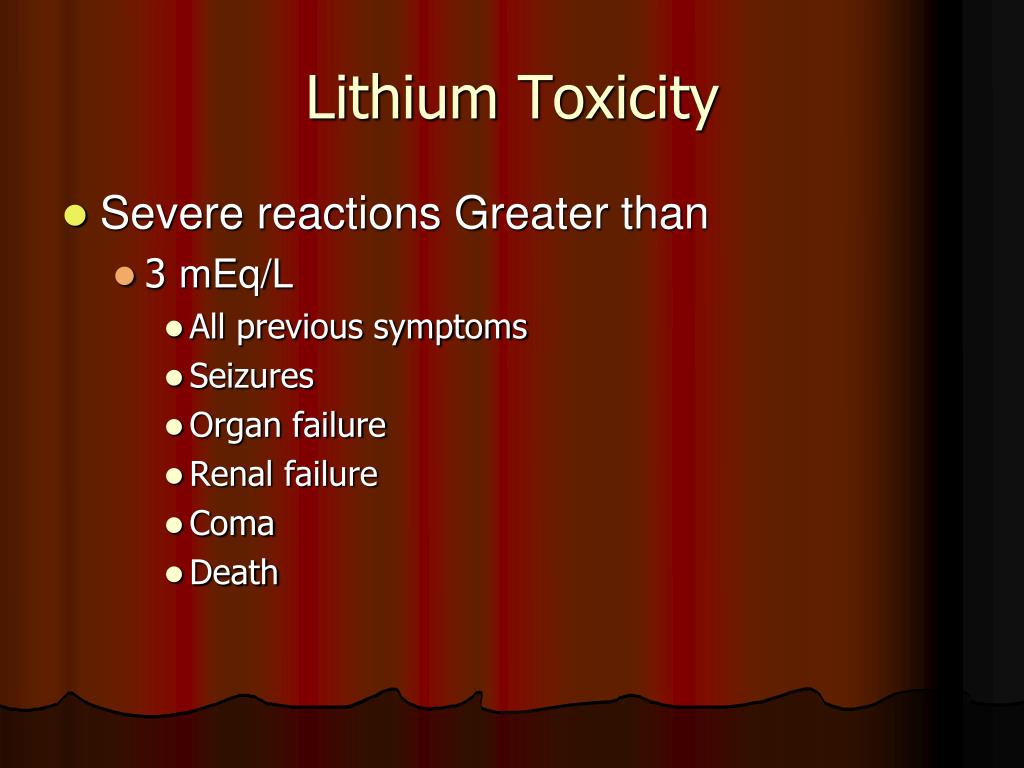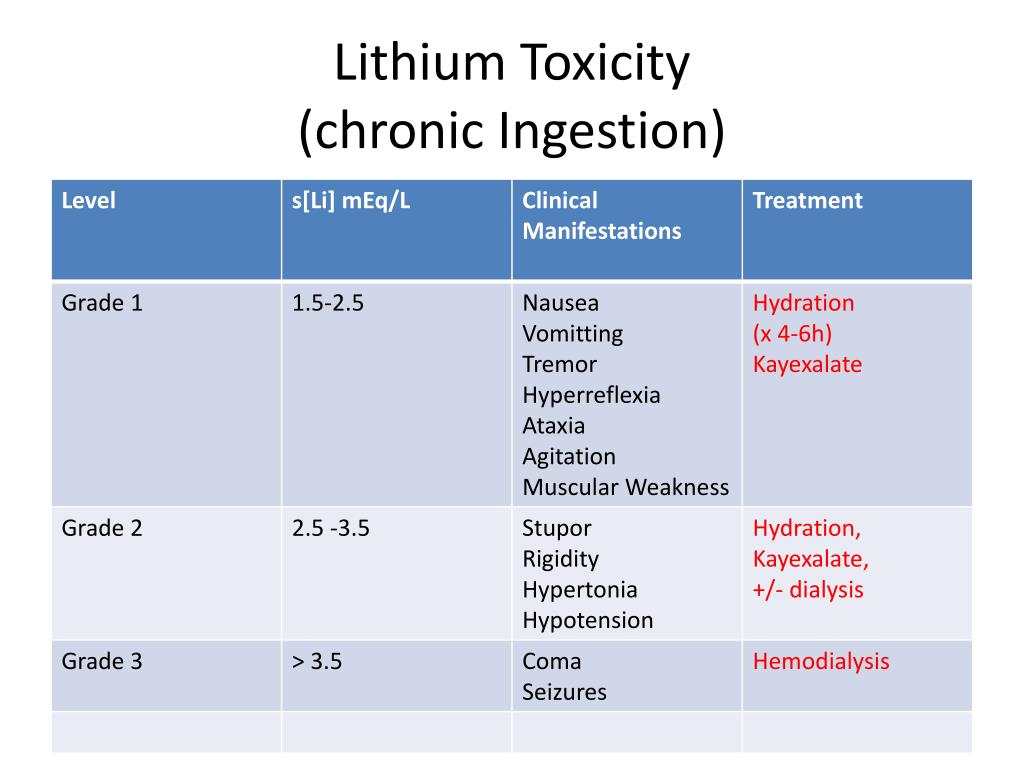

Over time, these deficiencies can cause accumulations of formic acid, which inhibits the electron transport chain and mitochondrial function.

In addition, a common feature shared by some of these toxins is mitochondrial injury and an imbalance of intracellular and extracellular-free radical homeostasis. However, it is generally accepted that in most cases, the cause of the toxic neuropathy impairs the tissue’s vascular supply or metabolism. Patients with decreased renal function or liver disease are at risk with certain substances.

Exposure to a toxic substance in the environment.The use of systemic medications in high doses or for a prolonged duration.Nutritional deficits, including the vitamins thiamine (B1), riboflavin (B2), niacin (B3), pyridoxine (B6), cobalamin (B12), folic acid, and proteins with sulfur-containing amino acids that can trigger or enhance toxic optic neuropathy.* Please see Pathophysiology for selected drug mechanism and Management for selected drug treatment. Anticancer: Vincristine, Methotrexate, Tamoxifen.Antitubercular: Isoniazid, Ethambutol*, Streptomycin.Antimalarials: Hydroxychloroquine, Chloroquine, Quinine.Antibiotics: Chloramphenicol, Sulfonamides, Linezolid*.Alcohols: Commercial alcohol, Methanol*, Ethylene glycol*.Below are the most common causes of toxic optic neuropathy : The effects are also usually dose-dependent.Īny toxins, including drugs, metals, organic solvents, methanol, carbon dioxide, and tobacco. The prevalence of toxic optic neuropathy varies among drug type and duration of usage. This disease is often underdiagnosed or often diagnosed at a stage when recovery of vision is not possible. Toxic optic neuropathy is characterized by bilateral, usually symmetric vision loss, papillomacular bundle damage, central or cecocentral scotoma, and reduced color vision. Toxic optic neuropathy (TON) refers to visual impairment due to optic nerve damage caused by a toxin.


 0 kommentar(er)
0 kommentar(er)
